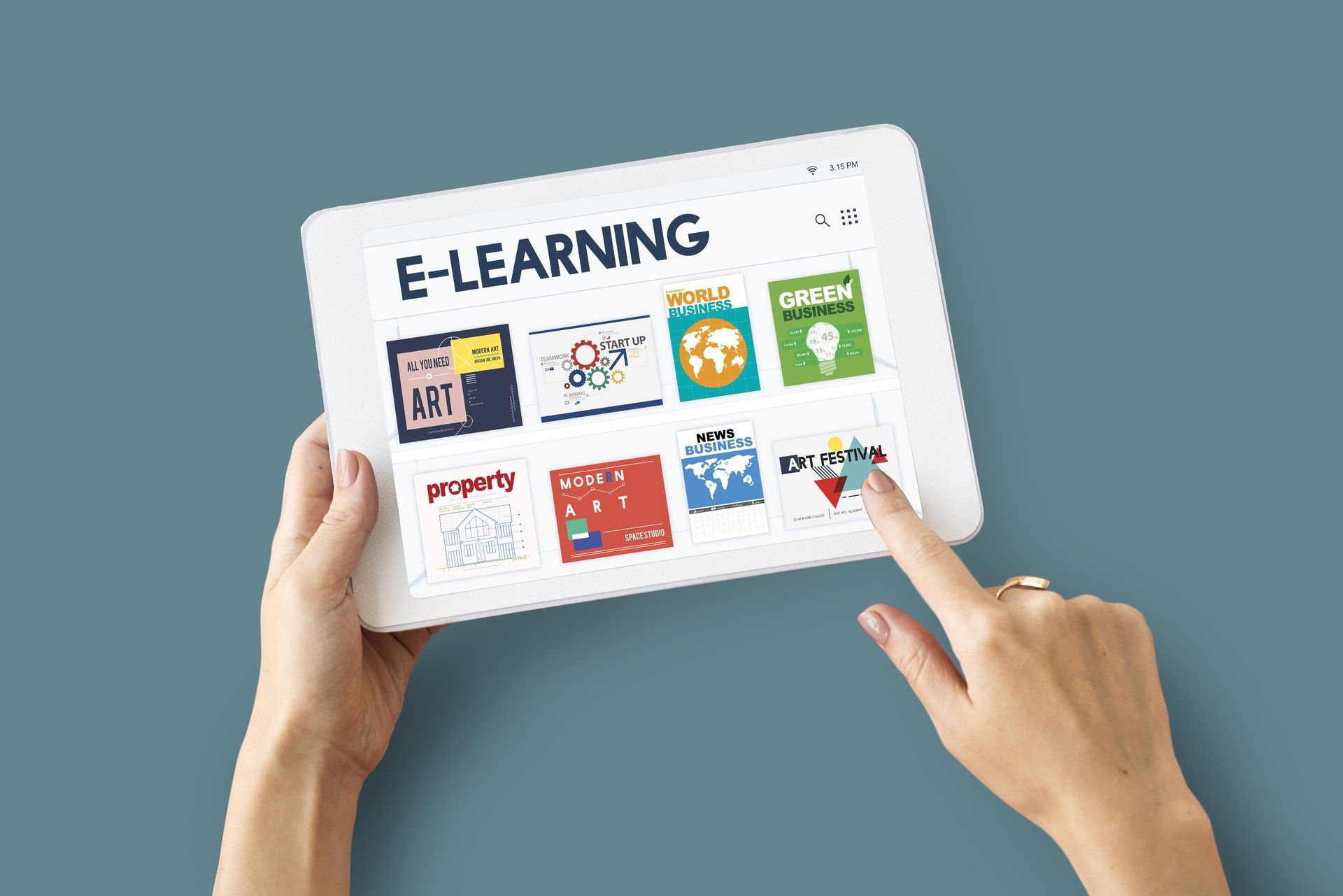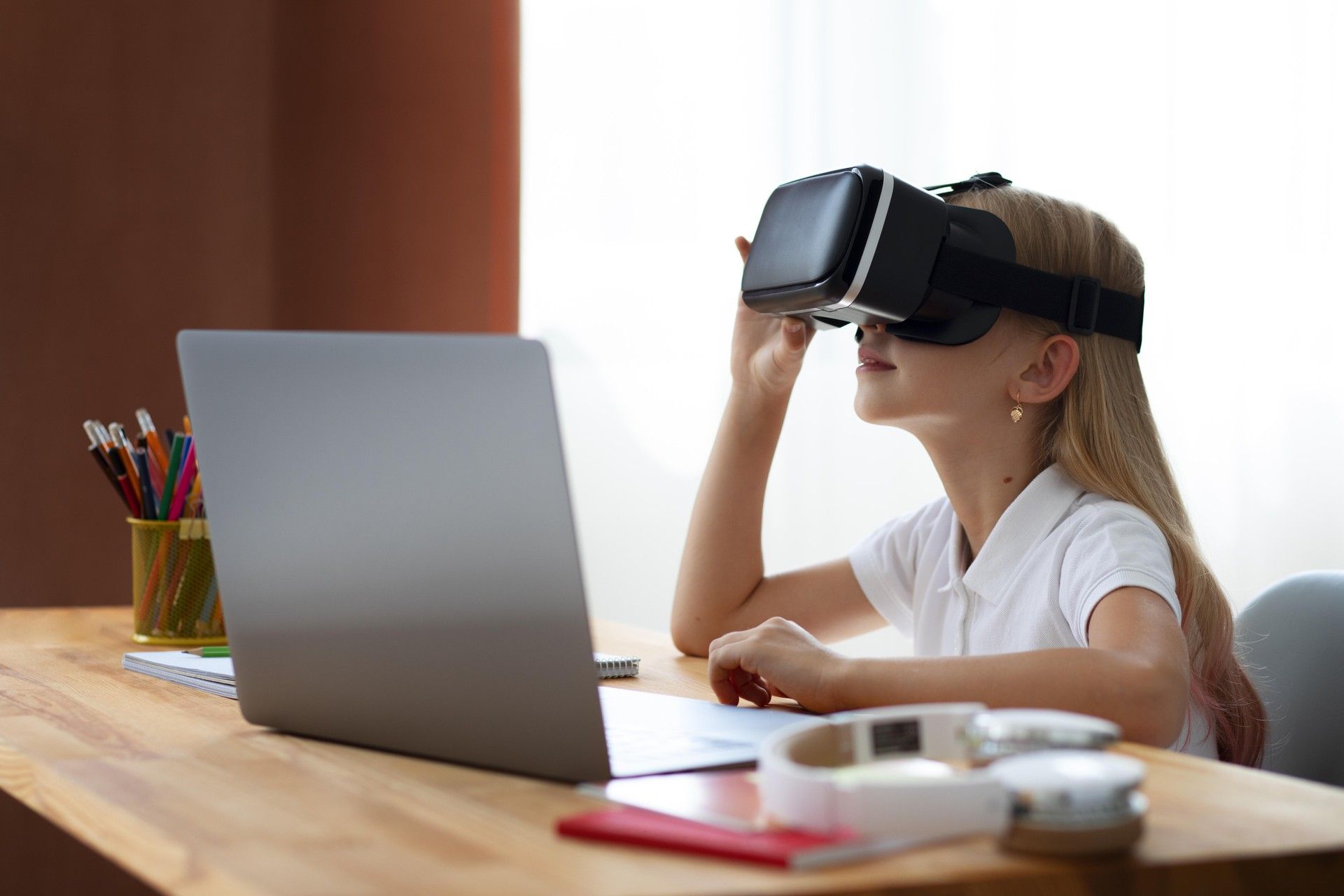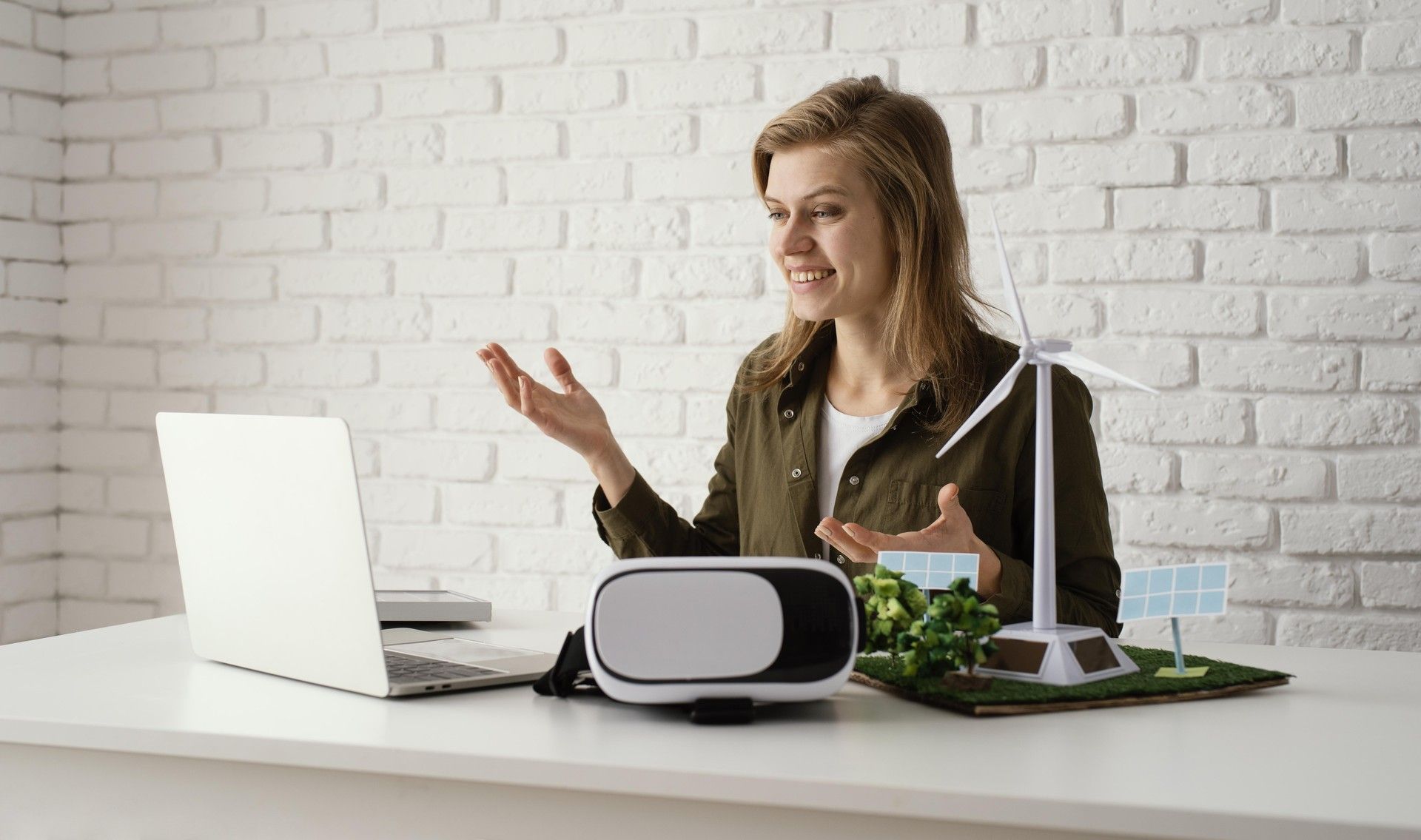The COVID-19 pandemic has changed the way education is imparted, with Virtual Learning Environments (VLEs) becoming an essential part of the educational landscape. As a consequence of the global pandemic caused by COVID-19, universities and educational institutions worldwide had to swiftly adapt to remote teaching, necessitating the integration and extensive use of technology in their pedagogical approaches. VLEs emerged as a viable solution to ensure continuity in education during the confinement periods, allowing students to engage with their coursework and interact with instructors from the safety of their homes.
During the second semester of the 2019–2020 academic year, the Faculty of Education Sciences at the University of Granada conducted a study to assess students’ perceptions of the pedagogical model adopted in the virtual learning environment during confinement. The research utilized an online questionnaire to gather data and revealed a widespread sense of dissatisfaction among students. Key areas of concern included methodological development, professor involvement, and students’ familiarity with various technological tools and platforms. Despite these challenges, VLEs have presented numerous positive sides that have impacted the way education is imparted and experienced.
In this context, it is essential to explore the positive aspects of VLEs. The integration of virtual learning environments during the pandemic has led to several significant advantages for the education system. These benefits include the continuity of education, flexibility, and accessibility for students, diverse learning resources, collaborative learning opportunities, personalized learning experiences, increased integration of technology, global reach and international collaboration, cost-effectiveness, and positive environmental impact. Embracing VLEs has paved the way for a more dynamic, inclusive, and technology-enhanced future of education.

Understanding the concept of a Virtual Learning Environment (VLE)
At its core, a Virtual Learning Environment refers to a digital space where educational activities and interactions occur through the use of various technologies and tools. These environments create an online space where students can access learning materials, collaborate with peers, and engage with educational content in a flexible and personalized manner.
VLEs are designed to complement traditional teaching methods and cater to diverse learning needs, making education accessible to a broader audience regardless of geographical constraints or physical abilities.
Key features of a Virtual Learning Environment
Virtual Learning Environments offer a wide array of features that enhance the learning experience for both students and educators.
Some of the key features include:
- Content and resources: VLEs host a plethora of educational content, including multimedia resources, e-books, lectures, and supplementary materials, empowering students to learn at their own pace and revisit concepts whenever needed
- Learning objectives: Clear learning objectives are defined within the VLE, guiding students towards achieving specific educational goals
- Interactivity: Virtual Learning Environments facilitate active learning through interactive quizzes, discussions, and virtual simulations that stimulate critical thinking and problem-solving skills
- Learning materials: Instructors can upload and organize learning materials, fostering a structured and engaging learning experience for students
- Accessibility: VLEs break down barriers to education by offering accessibility features that cater to individuals with diverse learning needs
- Learning paths: Students can choose personalized learning paths that align with their interests and learning preferences, promoting a sense of autonomy in the learning process
- Collaboration opportunities: VLEs enable students to collaborate with peers, enhancing teamwork skills and encouraging cross-cultural interactions
- Learning analytics: Educators can analyze student performance and engagement data to identify areas of improvement and offer personalized feedback
- Gamification elements: Gamified elements, such as badges and rewards, motivate students to actively participate in their learning journey
- Learning technology tools: VLEs integrate a variety of educational tools like video conferencing, virtual whiteboards, and collaborative document editors, enriching the online learning experience

The difference between a Virtual Learning Environment and a traditional classroom
Traditional classrooms and Virtual Learning Environments (VLEs) are two distinct approaches to imparting knowledge, and they present contrasting features that cater to diverse learning needs. In a traditional classroom setting, the hallmark is face-to-face interactions between students and teachers. The physical presence of instructors facilitates immediate and direct communication, enabling real-time engagement and feedback. On the other hand, VLEs primarily rely on digital communication and collaboration tools, enabling learners to participate in educational activities remotely, without being constrained by geographical barriers.
One of the key differentiators between traditional classrooms and VLEs is the flexibility they offer to learners. Traditional classrooms have set schedules and fixed timetables, leaving little room for students to adapt their learning process according to their individual pace and preferences. In contrast, VLEs provide students with the freedom to access learning materials and coursework at any time, allowing them to structure their learning journey in a manner that best suits their needs. This flexibility is particularly advantageous for adult learners who may have work or family commitments that demand a more adaptable learning environment.
Furthermore, VLEs transcend physical boundaries and open up a world of possibilities for learners from diverse backgrounds and locations. The virtual space of VLEs fosters a global learning community where students from different countries and cultures can come together and collaborate. This intercultural exchange enriches the learning experience and broadens students’ perspectives, preparing them to thrive in a connected and globalized world.

Research has shown that VLEs have gained significant popularity among learners due to several factors. The low costs associated with online courses and the ability to access content from anywhere and at any time make VLEs a compelling choice for many. Additionally, the integration of modern technology and the use of social media within VLEs create engaging and interactive learning environments that resonate with today’s tech-savvy learners.
In traditional classrooms, the role of teachers extends beyond imparting knowledge; they also serve as mentors and guides. The direct interaction between teachers and students allows educators to understand their students better, identify their strengths and weaknesses, and provide personalized support to facilitate learning. Classroom settings also encourage peer-to-peer interactions, fostering a sense of community and collaboration among students.
On the other hand, VLEs have led to a transformation in teachers’ roles. With the shift from teacher-based learning to technology-based learning, instructors in VLEs adopt a more facilitative role, providing mentorship and support to students in their autonomous learning journeys. VLEs rely on various communication channels, such as online forums and chatrooms, to address students’ queries and provide assistance. While some argue that direct interaction with teachers in traditional classrooms enhances the learning experience, synchronous online courses cater to those who prefer real-time engagement with instructors.
How AI improves education with personalized learning at scale and other new capabilities
Both traditional classrooms and VLEs have their advantages and disadvantages, and the choice between the two depends on various factors such as the learners’ age, preferences, and goals. Young children and adolescents may benefit from the social and interactive aspects of traditional classrooms, while working professionals and adult learners may find the flexibility and convenience of VLEs more appealing. As technology continues to evolve, VLEs are expected to play an increasingly vital role in shaping the future of education, offering dynamic, accessible, and globalized learning experiences for learners of all ages and backgrounds.
How Virtual Learning Environment is changing the face of education
Virtual Learning Environments (VLEs) have ushered in a transformative era in education, revolutionizing traditional educational approaches. The accelerated adoption of VLEs during and after the COVID-19 pandemic has reshaped learning, breaking down barriers and redefining the possibilities of formal education. A significant advantage of Virtual Learning Environments is their ability to bridge geographical gaps, enabling individuals from remote areas or different countries to access quality education that they might have otherwise been excluded from. This inclusivity fosters a more diverse and globally connected learning community, enriching the educational experience for all participants.
One of the remarkable features of Virtual Learning Environments is their adaptability to cater to the diverse learning needs of students. These environments enable personalized learning experiences, taking into account each individual’s unique style and pace of learning. The flexibility of VLEs ensures that learners can access educational resources and coursework at their convenience, empowering them to take charge of their educational journey. Moreover, educators can provide tailored support and guidance, ensuring that no student is left behind, and all learners have the opportunity to thrive.
VLEs are also characterized by their data-driven nature, which offers valuable insights into student performance and engagement patterns. Through learning analytics, educators can monitor students’ progress, participation, and achievement, allowing for evidence-based strategies to optimize the learning process. These insights empower instructors to identify areas of improvement and make informed decisions on educational methodologies and interventions.

To further incentivize student engagement, Virtual Learning Environments often integrate gamification elements into the learning experience. Gamification elements, such as rewards, challenges, and leaderboards, create a sense of achievement and motivation among students, encouraging active participation and progress in their educational journey. The gamification approach harnesses students’ intrinsic motivation and fosters a positive learning environment.
Research on VLEs has indicated their potential to positively impact student achievement and involvement. A study investigating the correlation between scholastic achievement, involvement, and satisfaction with VLEs among undergraduate students found that students’ contentment with their virtual learning environments was substantially associated with their scholastic achievement and level of involvement. This highlights the importance of well-designed and implemented Virtual Learning Environments in fostering positive learning outcomes and student engagement.
Looking into the future of eLearning, technology will continue to play a pivotal role in shaping the learning experience. Advancements such as eLearning apps and tutor booking apps will further enhance accessibility and learning opportunities. Virtual classrooms, supported by advanced Learning Management Systems (LMSs) and learning analytics, will enable interactive and immersive learning experiences.
The integration of augmented reality (AR), virtual reality (VR), and machine learning will promote scenario-based learning, where students can actively engage in practical exercises and simulations, leading to deeper comprehension and retention of knowledge. Decentralized eLearning platforms will offer greater transparency and autonomy to educators and students, providing more control over content creation and access to educational resources.
Featured image credit: Image by Freepik.





